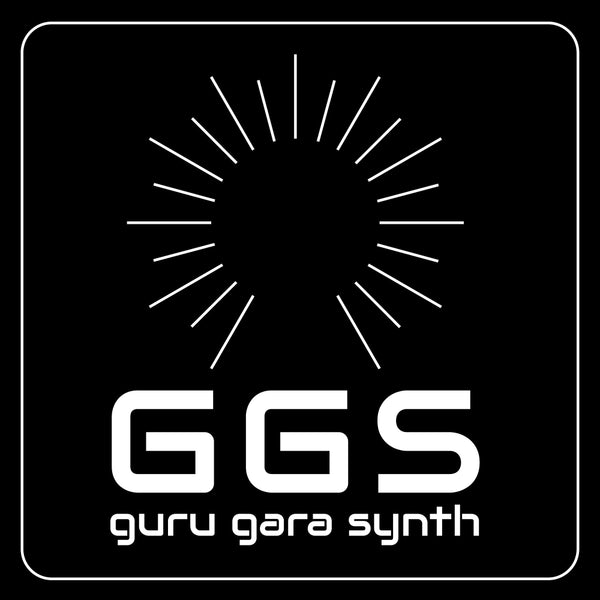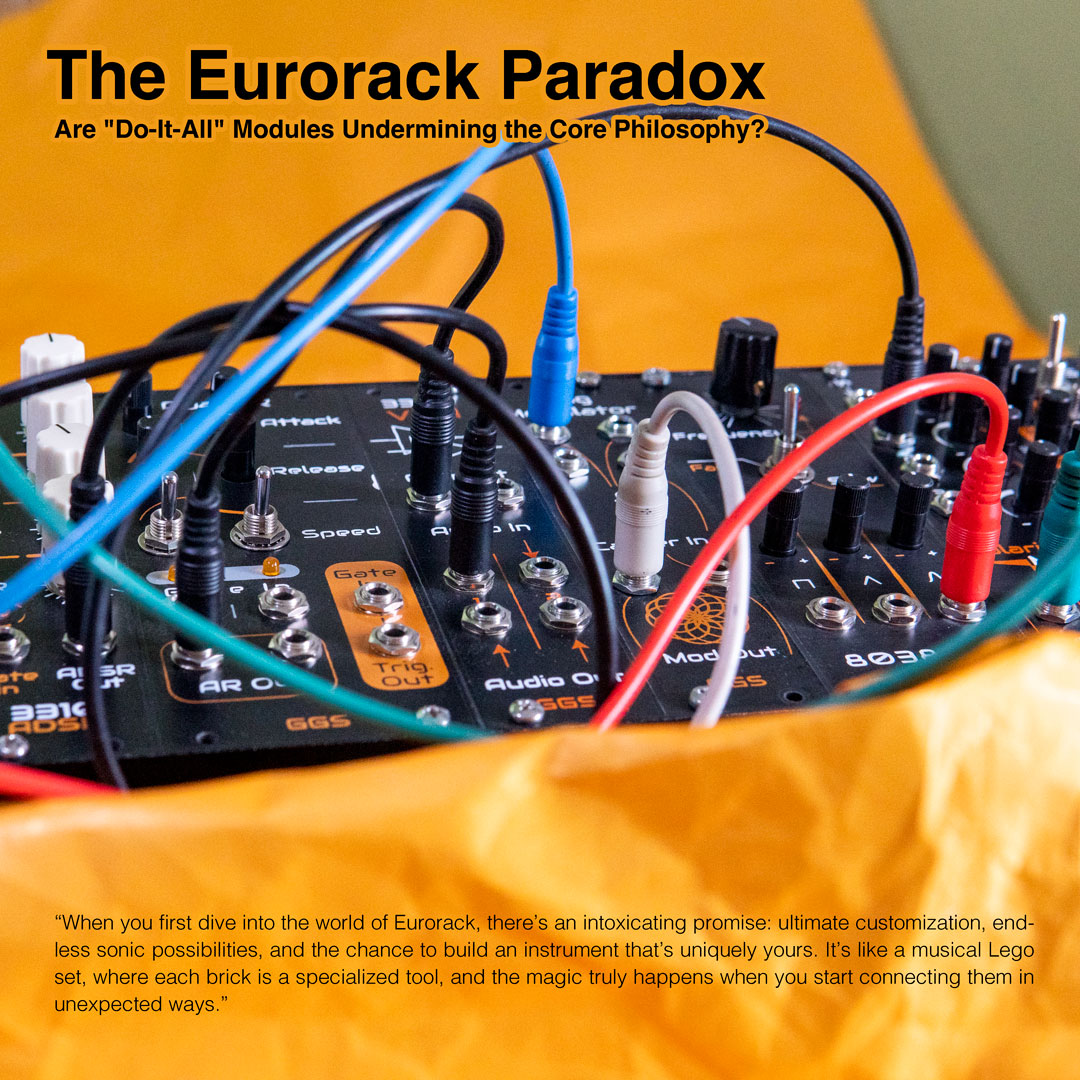When you first dive into the world of Eurorack, there’s an intoxicating promise: ultimate customization, endless sonic possibilities, and the chance to build an instrument that’s uniquely yours. It’s like a musical Lego set, where each brick is a specialized tool, and the magic truly happens when you start connecting them in unexpected ways.
Lately, though, I’ve noticed a fascinating—and perhaps contradictory—trend emerging in the modular synth community. We’re seeing more and more "super modules" hit the market: single units packed with multiple oscillators, filters, effects, sequencers, and modulation sources. These are the sonic equivalent of a Swiss Army knife, promising a wealth of functions in one neat package.
As someone who produces PCB and front panel kits for DIY Eurorack modules—kits often focused on simpler, function-specific designs—this trend sparks a crucial question: Are we, as a community, inadvertently drifting away from the very essence of what makes Eurorack so special?
What is the Core Idea of Modular Synthesis, Anyway?
Let's rewind for a moment and consider why so many of us fell in love with Eurorack in the first place. For me, and I believe for many others, it boils down to:
- Specificity: Each module performs a distinct task, and often performs it exceptionally well. A dedicated VCA, a classic LFO, a unique filter—each is a master of its domain.
- Interconnectivity: The real genius of modular lies in the patching. The signal flow isn't hidden; it's a vibrant spaghetti of cables on your front panel, inviting experimentation and discovery.
- Customization: You don't just buy a synth; you engineer it. Every module you choose, every cable you patch, is a deliberate step in shaping your sound.
- Education by Doing: It’s an incredible learning tool. By physically connecting individual synthesis blocks, you gain an intuitive understanding of how sound is built, shaped, and manipulated.
This approach transforms you from a mere player into a sound architect, constantly learning and discovering new sonic landscapes.
The Allure (and Peril?) of the "Do-It-All" Module
There's no denying the appeal of these highly integrated modules. They can be incredibly powerful, offering immense functionality in a compact space, which is great for small cases or live performance rigs. They often leverage cutting-edge DSP, bringing complex effects and synthesis methods to the modular format. For some, they offer a convenient "instant gratification" that a case full of single-purpose modules might not immediately provide.
But here's the paradox: While undeniably powerful, these modules subtly shift the paradigm away from the very essence of modular synthesis. When so much functionality is contained within a single unit, the internal signal path becomes a black box. The joy of tracing a signal, seeing it evolve through distinct stages, and finding unexpected interactions between dedicated modules can be obscured. We risk moving closer to a fixed-architecture synth disguised in a modular shell, rather than embracing the deep flexibility and creative problem-solving that true modularity offers.
Championing the Focused Function
From where I stand, the true depth and longevity of Eurorack lie in embracing its foundational principles. Simpler, function-specific modules offer distinct advantages:
- Clarity: It's easier to understand precisely what each part of your patch is doing.
- Control: You get granular control over every single parameter, allowing for nuanced adjustments.
- True Modularity: They actively encourage creative patching, forcing you to think about how different functions interact to achieve a desired sound. This is where truly unique voices are born.
- Accessibility: For the DIY enthusiast, these modules are often more approachable to build, lowering the barrier to entry and fostering a deeper connection with your instrument. This is precisely where my kits shine, offering a rewarding build experience and a gateway to modular exploration.
- Timelessness: A well-designed VCA or a classic filter will always be relevant, regardless of fleeting trends. They are the fundamental building blocks of synthesis.
Finding Your Balance in the Modular Ecosystem
Ultimately, there's no single "right" way to build a Eurorack system. Both highly integrated and dedicated function modules have their place. Perhaps a large, multi-functional module serves as the brain of your system, while smaller, specialized modules provide unique textures or modulation.
However, I believe it's crucial for the health and spirit of the Eurorack community that we don't lose sight of what made us fall in love with modular in the first place: the freedom to create, to experiment, and to learn through building and patching.
As a builder and an enthusiast, I'm committed to providing kits that empower you to explore the true depths of modular synthesis, one focused function at a time. Because sometimes, less truly is more, especially when "less" means more possibilities.
What are your thoughts on this trend? Do you find yourself gravitating towards comprehensive modules, or do you prefer the purity and patching joy of function-specific designs? Let me know in the comments below!
Atesh K. / Guru Gara Synth

